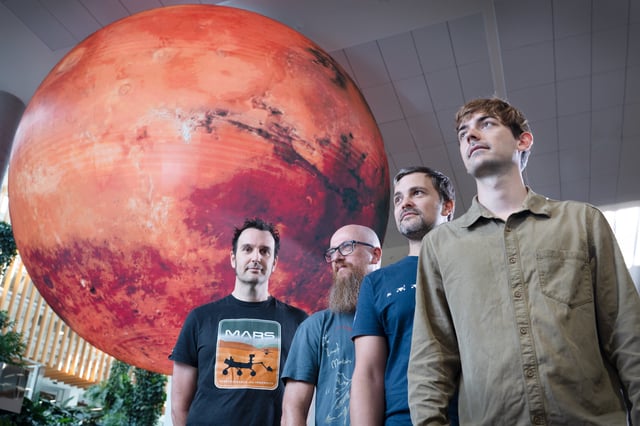Overview
- QUT researchers adapted X-ray Backscatter Diffraction Mapping for Perseverance's PIXL instrument, enabling direct analysis of Martian mineral structures for the first time.
- The study identified two distinct generations of calcium-sulfate minerals in the Shenandoah formation of Jezero crater, formed at different depths and times.
- These findings refine the timeline of Mars's water activity and suggest multiple periods when conditions might have supported life.
- Sulfate minerals, varying in water content, provide critical insights into ancient fluid movement and environmental conditions on Mars.
- Published in *Science Advances*, the research highlights international collaboration and advances Australia's role in planetary science and space exploration.

